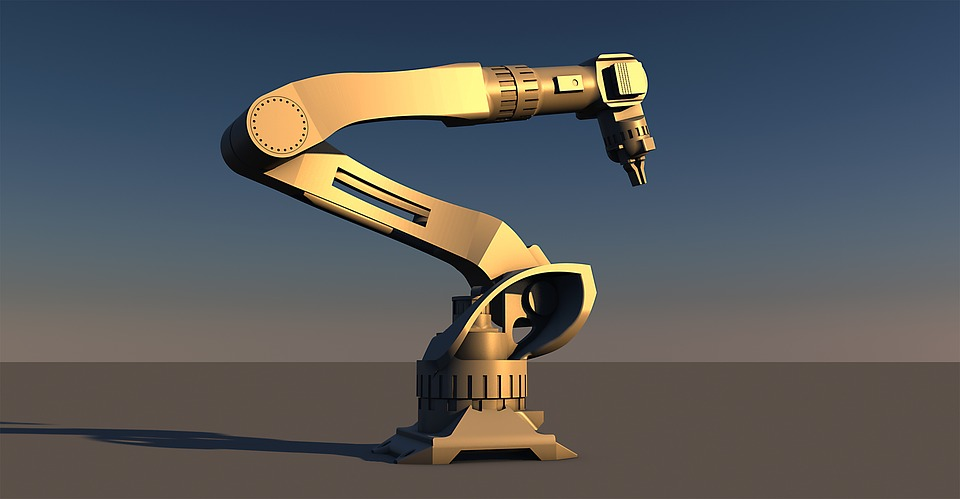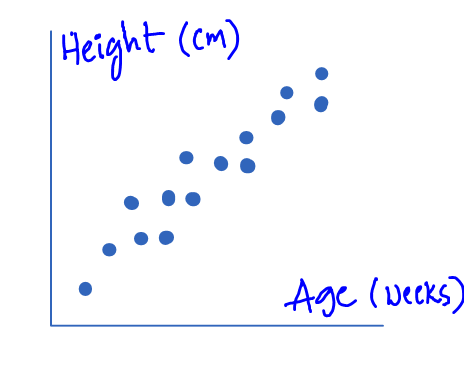
An Era In Which Machine Can Grow Human Stem Cells
Stem cell culture is a very popular medical field in recent years, and stem cells are the cells of origin. Stem cells are cells with proliferative and differentiation potential, and have the ability to self-renewing and produce highly differentiated functional cells.
In this new study, researchers use robotic systems to automate the process of culturing stem cells into steroids. Although a similar approach has been successful in adult stem cells, this is the first report of successful automated preparation of organoids from pluripotent stem cells. This cell type is multifunctional and can be any type of organ.
The stem cells of human organs can be simplified with the help of automated robots which have tools to grow simulation. Fortunately, this is not a plot from “Robots rule the Earth and captivity of humans,” and this technology can make pharmacy and other biological research simpler and quicker. Some pluripotent stem cells is given to the robot (any type of cells can be developed stem cells) , in the laboratory after 21 days they can perform, complex pharmacological or genetic manipulation tests on the replica of human organs. According to a study published, this process is quicker and more genuine than some experiments in which humans cultivate mini organs.
It is still too early to think that robots will soon bring better drugs, but the results so far are quite surprising. In fact, scientists have also published these amazing discoveries. As the cultivation of humanoid organs become easier, the relevance of drug testing to humans will also become stronger.
But the cultivation of stem cells into mini-artificial organs is not an easy task. Now scientists have researched a robot that will help people grow stem cells, and the efficiency is simply multiplying!
This robot can quickly identify drugs that are good for stem cell growth and efficient genetic manipulation, a process that takes only 20 minutes! You know, it takes a whole day or even longer for humans to do this.
Moreover, the accuracy of the robot is very high, which can avoid many human error. Some very boring experimental sessions can also be done by these robots, which is a great contribution to the liberation of the workforce.
The robot is extremely efficient, so scientists have begun using these robots for high-throughput screening, which is to allow them to perform experiments that detect large numbers of samples at once.



